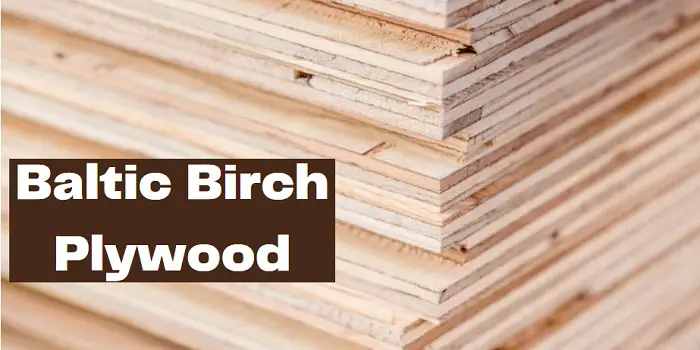
Commonly found in the central and southern parts of the United States, Osage Orange Wood can grow up to 60 feet tall and have a trunk diameter of up to 2 feet.
The tree is not harvested for wood as many others are, but it is commonly found.
The species itself is not listed on any threatened species list. The tree does look like the Black Locust and Mulberry.
One way to tell the wood apart is that Osage Orange Wood has a yellow dye that is water-soluble.
Osage Orange Wood
| Scientific Name: | Maclura pomifera |
| Tree Size: | 50-60 ft (15-18 m) tall 1-2 ft (.3-.6 m) trunk diameter |
| Janka Hardness: | 2,620 lbf (11,640 N) |
| Type: | Hardwood |
| Odor: | No smell |
| Specific Gravity (Basic, 12% MC): | .76, .86 |
| Common Uses: | Dye, archery bows, and musical instruments |
Appearance
Color
The heartwood when fresh is a bright yellow to golden color.
However, when it ages the color turns to a medium brown due to exposure to UV or ultraviolet rays from the sun.
Texture & Grain
The grains of the tree tend to be quite straight with a fine to medium texture. The natural luster level is quite high with this tree.
The end grains are ring-porous and have relatively large pores.
There is no discernable odor that emanates from the wood. But it is one of the most rot-resistant woods available in North America.
The lack of decay ability means that with normal treatments this wood will last for a long time.
The sap from the Osage Orange Wood is known to cause dermatitis, so you will need to be careful when working with the wood.
It is recommended that you use gloves and wear long sleeves if you are vulnerable to this type of condition.
Cleaning the wood so that it reduces the sap present on the surface may be recommended as well.
Osage Orange Wood Workability
Its ability to resist rot is based on the hardness and density of the wood itself. This makes it more difficult to work with compared to many softer kinds of wood.
However, few people have reported their tools and saws dulled by cutting the wood.
This wood does turn well and takes stains and even adhesives which makes it quite useful for several projects.
Add to this its ability to finish well and you have a popular choice for certain types of uses.
What is Osage Orange Wood Used for?
For the most part, you’ll find Osage Orange Wood used for items such as archery bows, musical instruments, fence posts, turnings, dyes, and small specialty wood items.
In fact, one of the alternate names for this wood is Bois d’arc, which means “bow wood”.
Although it does have many useful qualities, the Osage Orange Wood is typically small with knotty trunks which means it is not harvested for lumber.
If you find it for sale, it is normally found in small turning blocks or sometimes boards.
Despite not being harvested for lumber, it is readily available in the US. This means that its price will be higher than some woods that are harvested, but not extremely high as with hard-to-find wood.
It does have a special status which makes it somewhat more difficult to find in certain areas, but for the most part that is not an issue.

Hi, I am Mark Garner a professional carpenter, woodworker, and DIY painter. I live in the small city of Peoria, Arizona as a semi-retired woodworker. I have started this blog with a simple motive to help you with my wood experience in this sector. If you like to know more about what I love doing and how it all got started, you can check more about me here.




